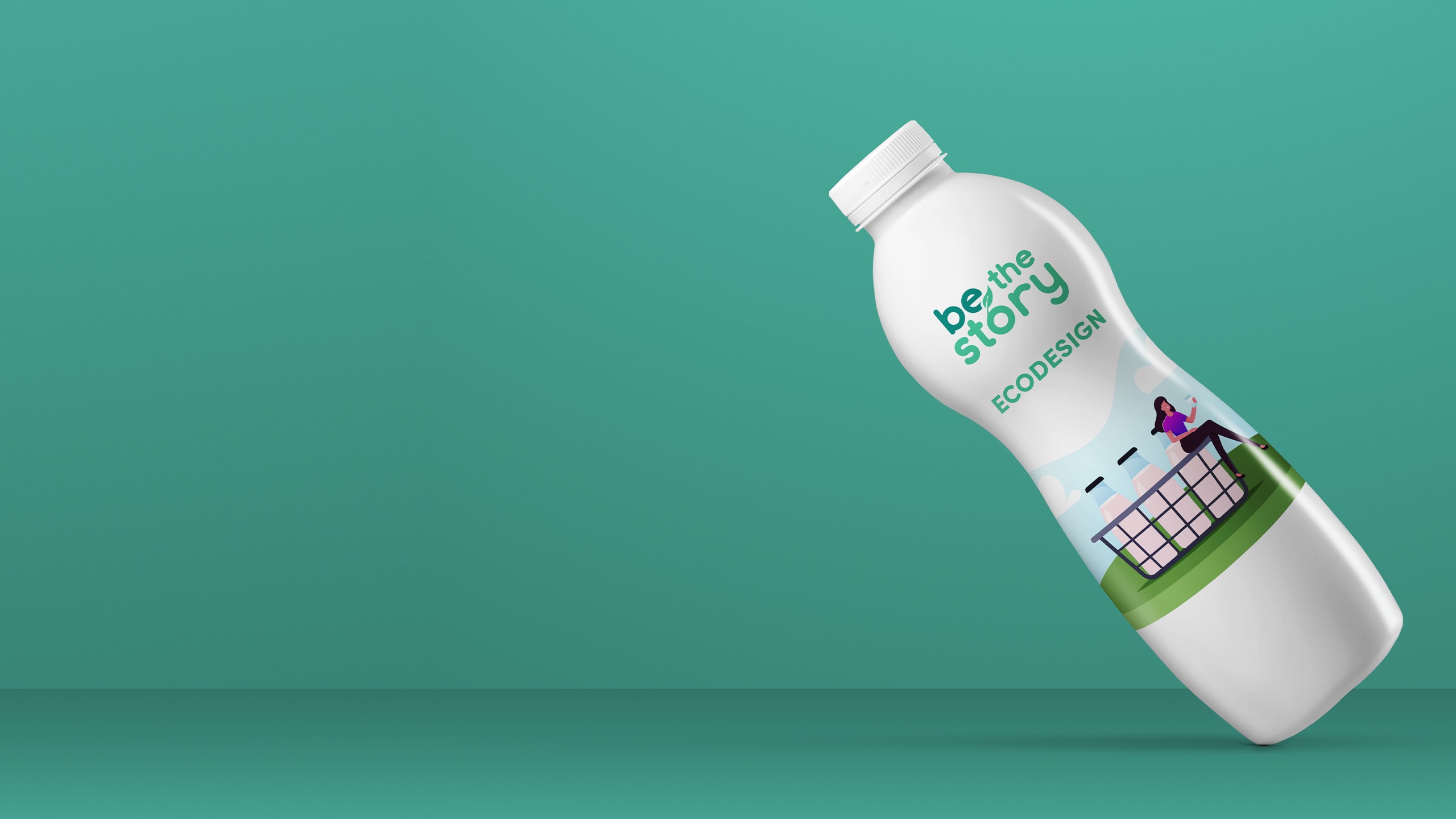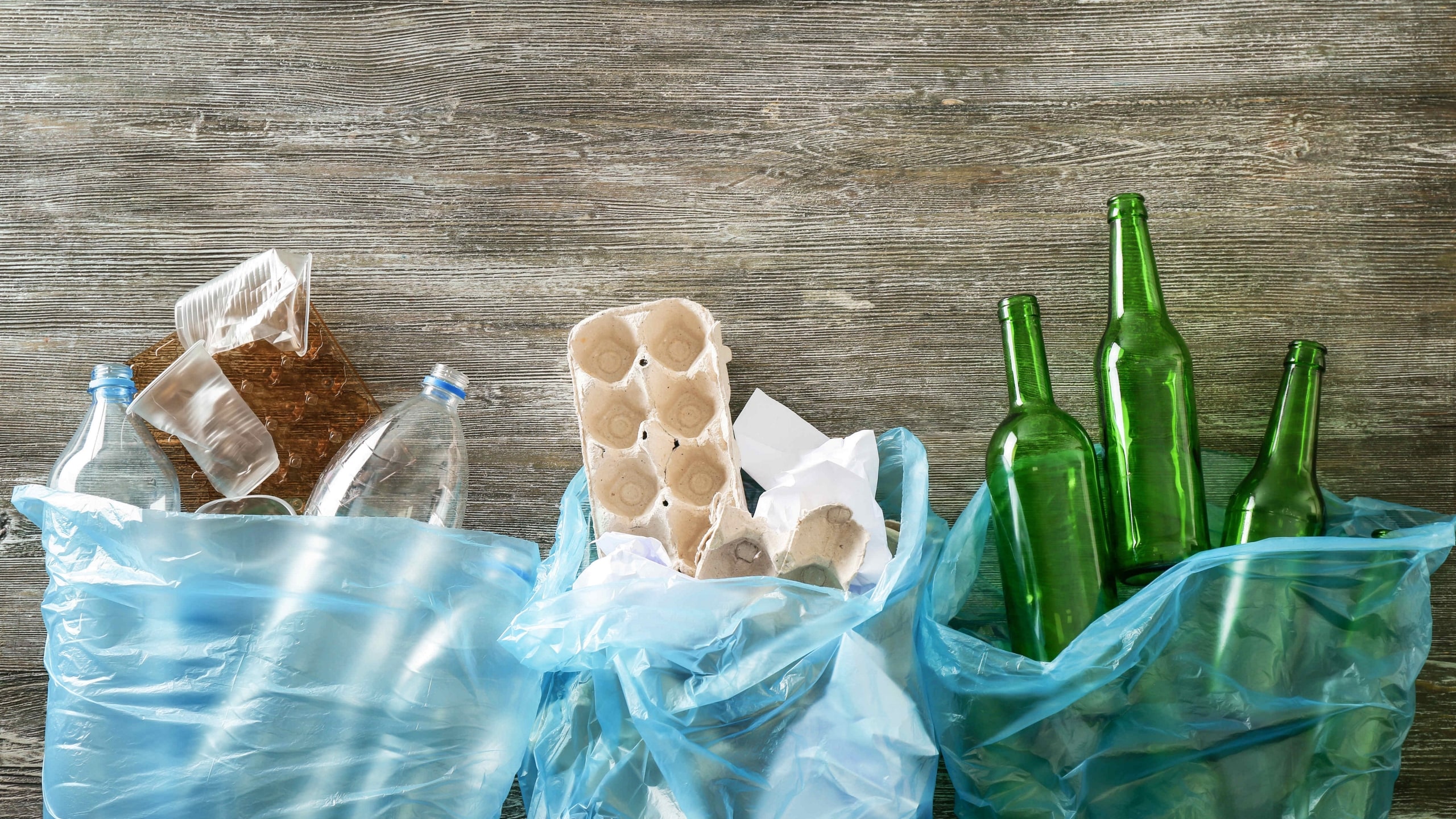The ecodesign challenge
If you are the kind of person that takes notice of every little detail in every product you buy – from the description of the flavour on the coffee you just put in your shopping cart, to the shiny eyes and red gills only a fresh fish has – then you most certainly will take notice to the changes in the packaging of the juice you have every single morning for breakfast.
What you probably don’t know is that this change in packaging – that can show as a change in material, weight, thickness, colour or design – can actually be better for the environment.
There is no such thing as the perfect package, but some packages are better than others.
A simple, small change in any of the elements that compose a package can represent a significant reduction of the natural resources used to produce it. Fewer materials mean fewer natural resources and, at the same, it can also be a synonym of lighter packaging. The lighter a package is, the less carbon emissions are associated with its distribution. And this is valid both for primary and secondary packaging. In the end, the planet is the winner.
From plastic to paper (and more)
Behind the reality of ecodesign, lies the combined effort of designers and engineers that have a keen eye for finding ways to improve all sorts of packaging. And this improvement in packaging has one very important requirement: the quality and safety of the product has to remain impeccable.
Take a look at the improvements in the juice carton example below.
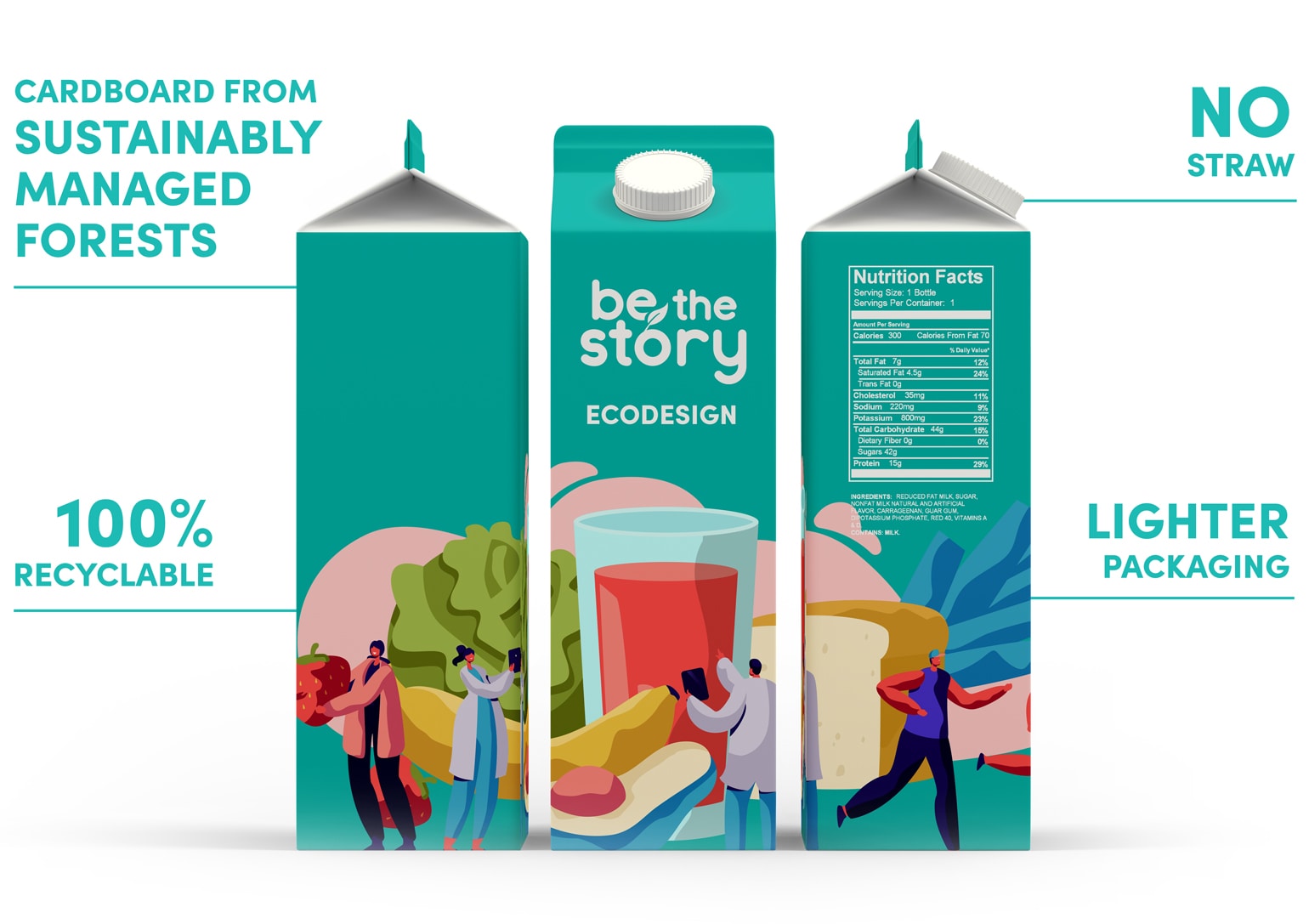
Made with cardboard from sustainably managed forests, no straw, lighter packaging and 100% recyclable.
Understand how ecodesign can be applied to packaging with some practical examples of Private Brand products from the Jerónimo Martins Group companies:
-
Replacing materials
From plastic to cardboard, from glass to plastic, or even using the same type of material, but removing components or replacing it with other that has a sustainability certification. The replacement of materials is one of the ways to make packaging more sustainable. Check the examples.
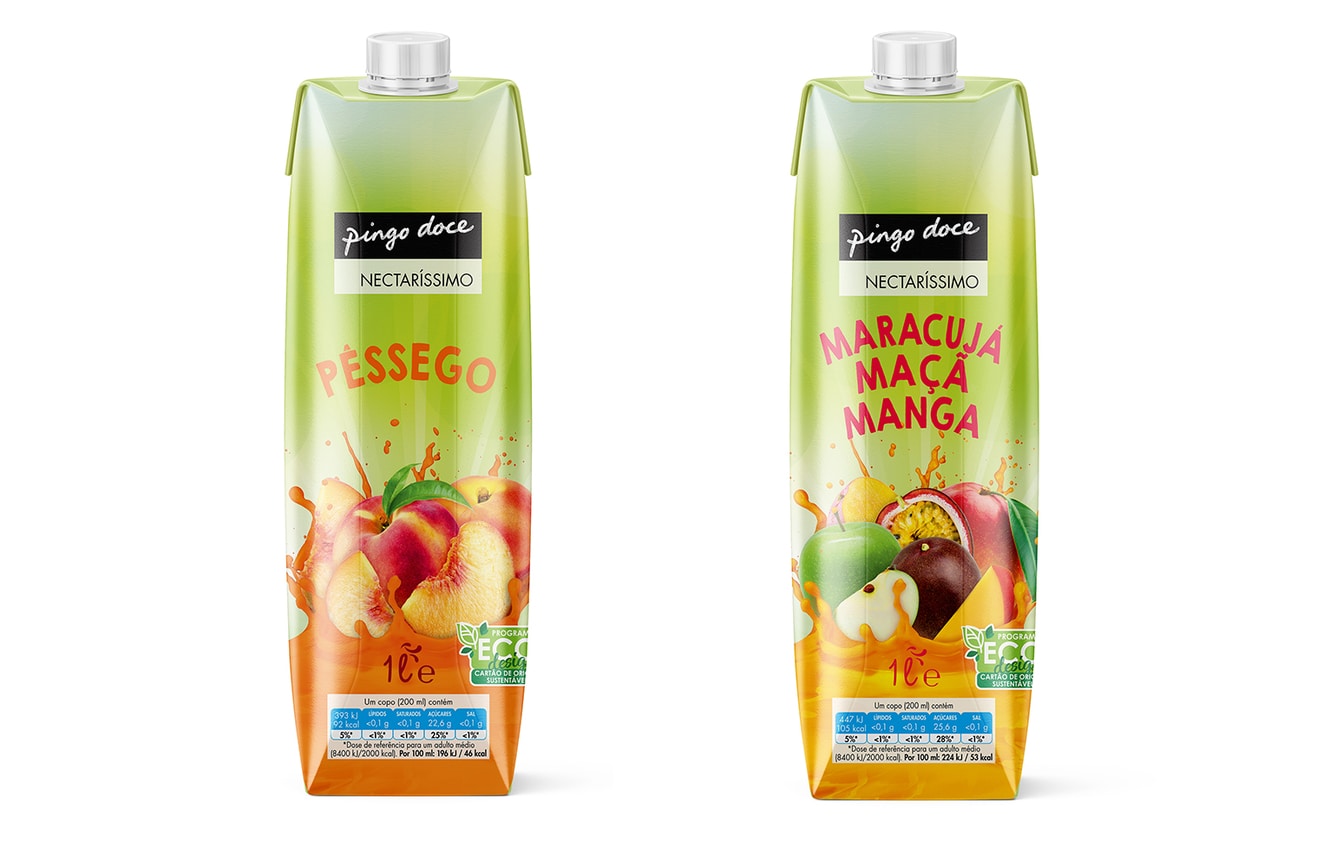
- Juice
Pingo Doce’s Private Brand juice package went from plastic to a specific paperboard for liquid foods. This cardboard is FSC®-certified, which means that is made of paper from sustainably-managed forests.
The FSC® (Forest Stewardship Council®) is an international non-profit organisation, dedicated to the promotion of sustainable forest management all over the world.
- PVC Elimination of plastic difficult to recycle
In Poland, Biedronka eliminated PVC from the packaging of 44 Private Brand products, by replacing this difficult-to-recycle plastic with other materials. This simple change avoids the use of more than 170 tonnes of PVC per year.
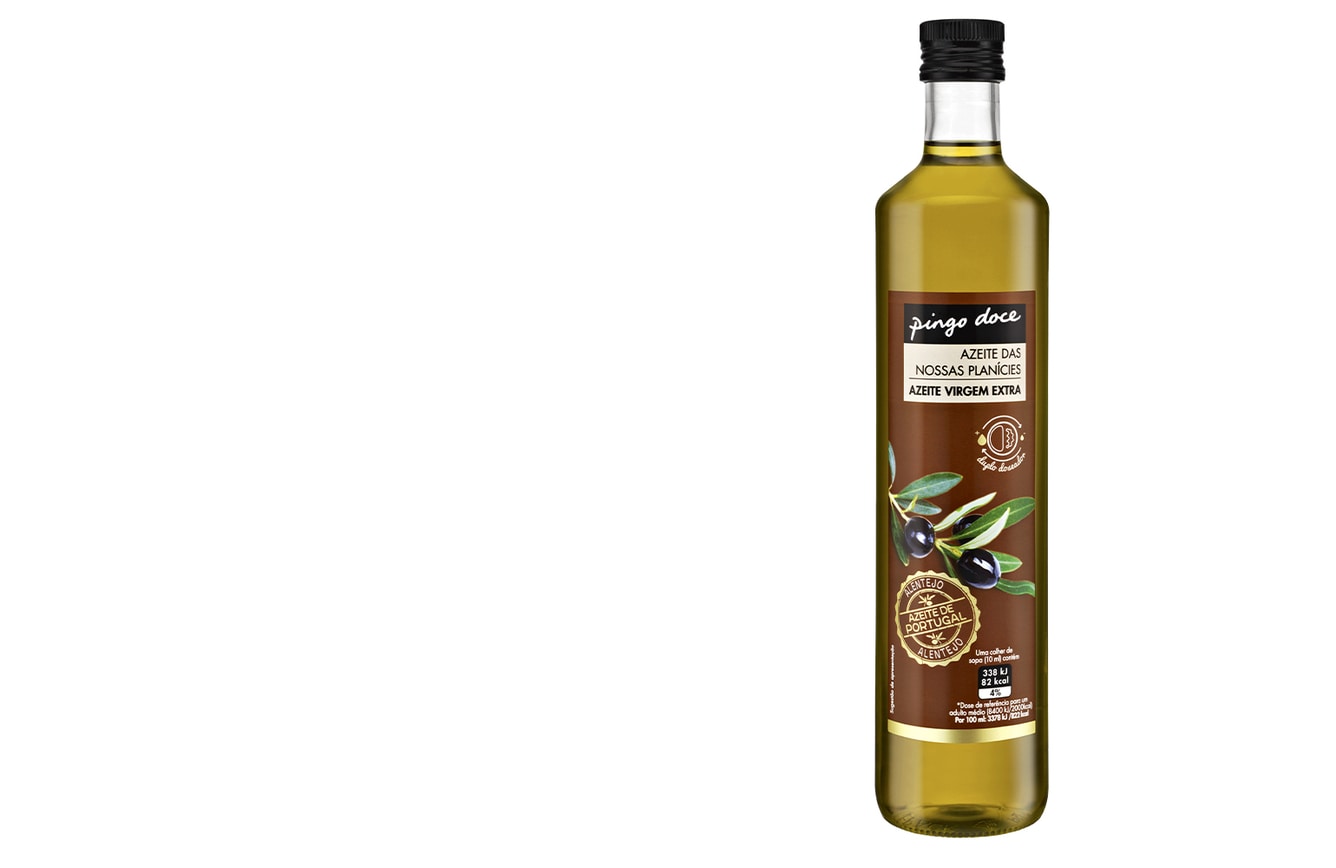
- Olive oil, soluble coffees and mixtures
By changing the primary packaging from glass to PET, a recyclable plastic, it was possible to reduce the weight of the packages and, thus, reduce the number of trips, avoiding CO2 emissions.
In the olive oil case, the CO2 emissions are reduced in 44 tonnes per year. Besides, it was also possible to avoid a yearly waste of around 1,500 kg of olive oil due to the breaking of the glass bottles during transportation.
In the soluble coffees and mixtures, the weight of the packaging was reduced by 90%, decreasing the CO2 emissions by 5 tonnes per year.
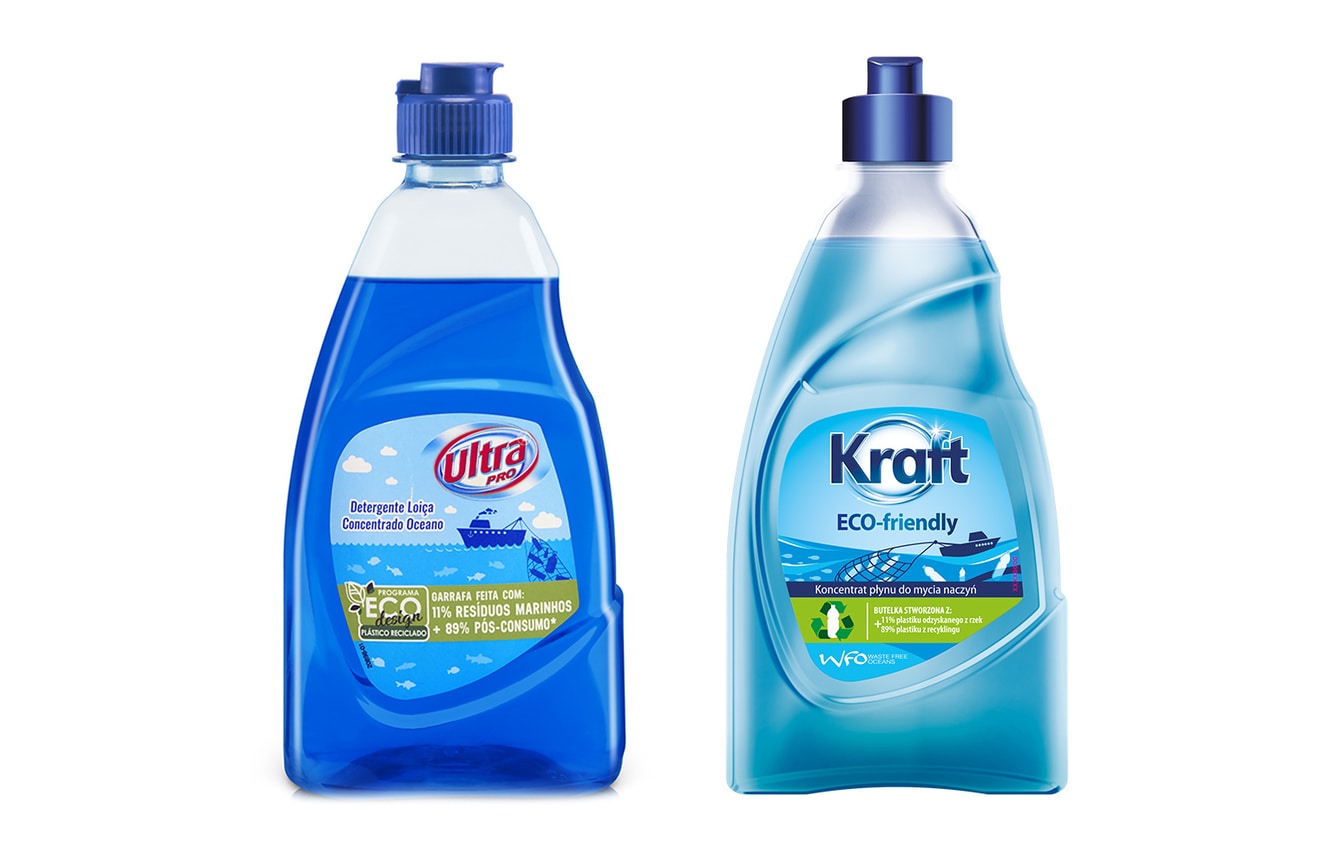
- Do you know about washing detergent bottles made of marine litter?
Pingo Doce’s and Biedronka’s washing up liquid comes in a 100% recycled and 100% recyclable bottle. 89% of this bottle is made of post-consumption recycled plastic and the remaining 11% come from marine litter that would otherwise remain in the sea.
-
Changing sizes and shapes
Reducing the size of packaging, as little as it may be, means less materials used, having, thus, a lower impact in our planet’s health. But sometimes changing shapes can make a difference as well – either because the cut of the moulds allows less waste in the packaging manufacturing process, or because the packaging “fits” better together and reduces the volume, allowing to reduce materials in the secondary packaging and the number of trips required for its transportation.
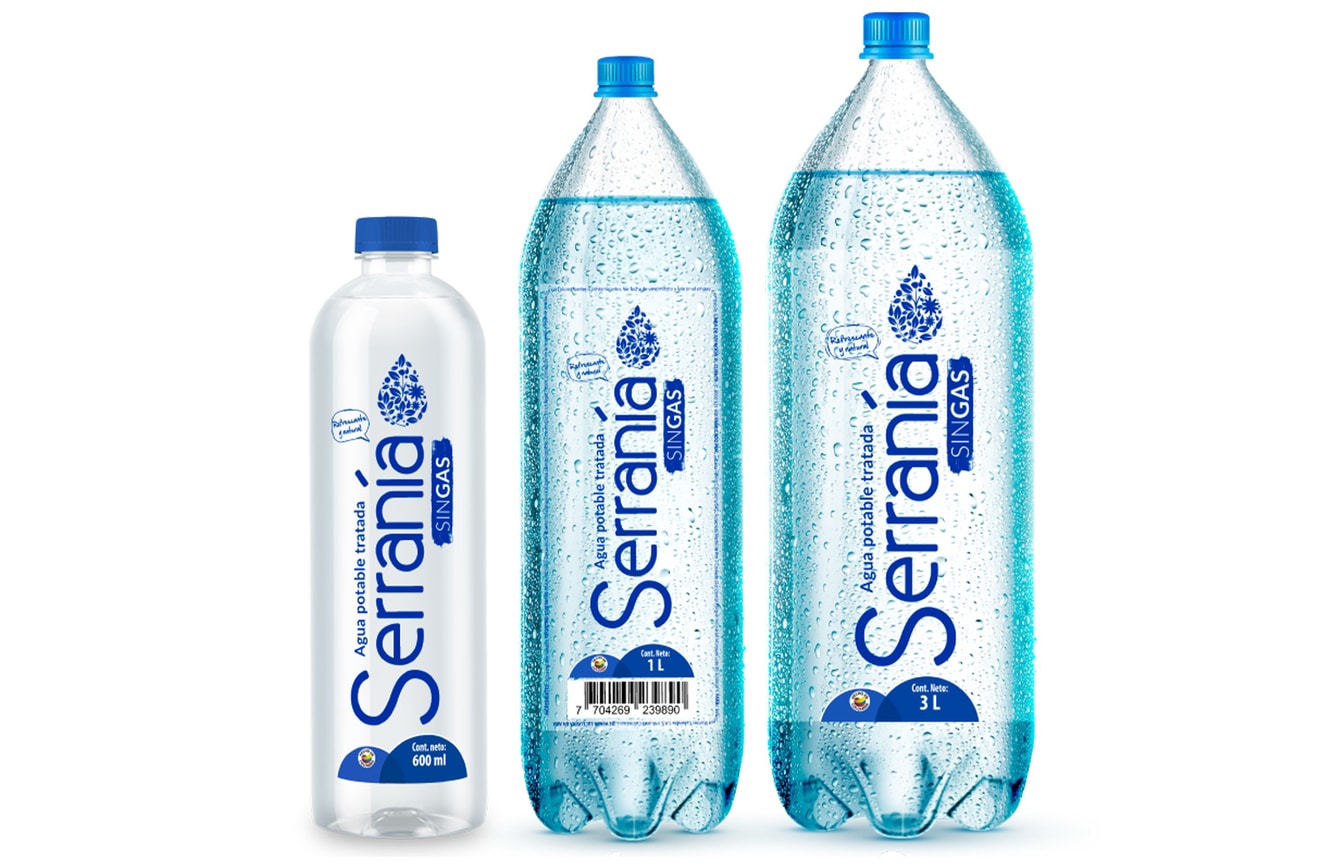
- Bottle of water
The Private Brand water bottle, sold at Ara, was altered, reducing the weight of the plastic (PET) of the preform by 12%, which translates into an annual saving of 7.5 tonnes of plastic.
- Freezer bags
By reducing the size of the paper packaging for Pingo Doce’s freezer bags, it was possible to reduce the use of paper by over 6.5 tonnes, as well as to reduce CO2 emissions by more than 1.5 tonnes.
- Shower gel bottles
A change in the format of Pingo Doce’s shower gel bottles – same volume, different shape – allowed to reduce the secondary packaging used for transportation. This “small” change translates to big savings: around 1,300 kg less paper, 106 less wood pallets and 440 kg less CO2, every year.
- Powder detergent
The powder detergent bag sold in Ara, in Colombia, was changed, reducing the amount of plastic used in 11%, which represents an annual saving bigger than 500 kg.
-
Rethinking the product itself
But what’s inside the package? It is also worth taking a peek at what’s inside and evaluating alternative product presentations that can reduce its volume – therefore, saving on the materials needed for its packaging. By choosing more concentrated product presentations, it is not only the space in your cabinets that you are saving, it is also the environment. Check this example:
- Bleach in tablets
The Pingo Doce’s Ultra Pro brand launched bleach in tablets. Thanks to the concentration of the product, and comparing to the conventional use of bleach in bottles, this new presentation allows saving more than 97% of plastic per litre of bleach.
Thanks to the investment of ecodesign in packaging, since 2011 it was possible to reduce the use of 27.5 thousand tonnes of packaging materials from Jerónimo Martins Group’s Private Brands, as well as avoiding the emission of more than 4,500 tonnes of carbon dioxide associated with the transportation, one of the gases responsible for the greenhouse effect.
Packaging by packaging, product by product, it is indeed possible to make a difference.
Data as of 20/04/2021
